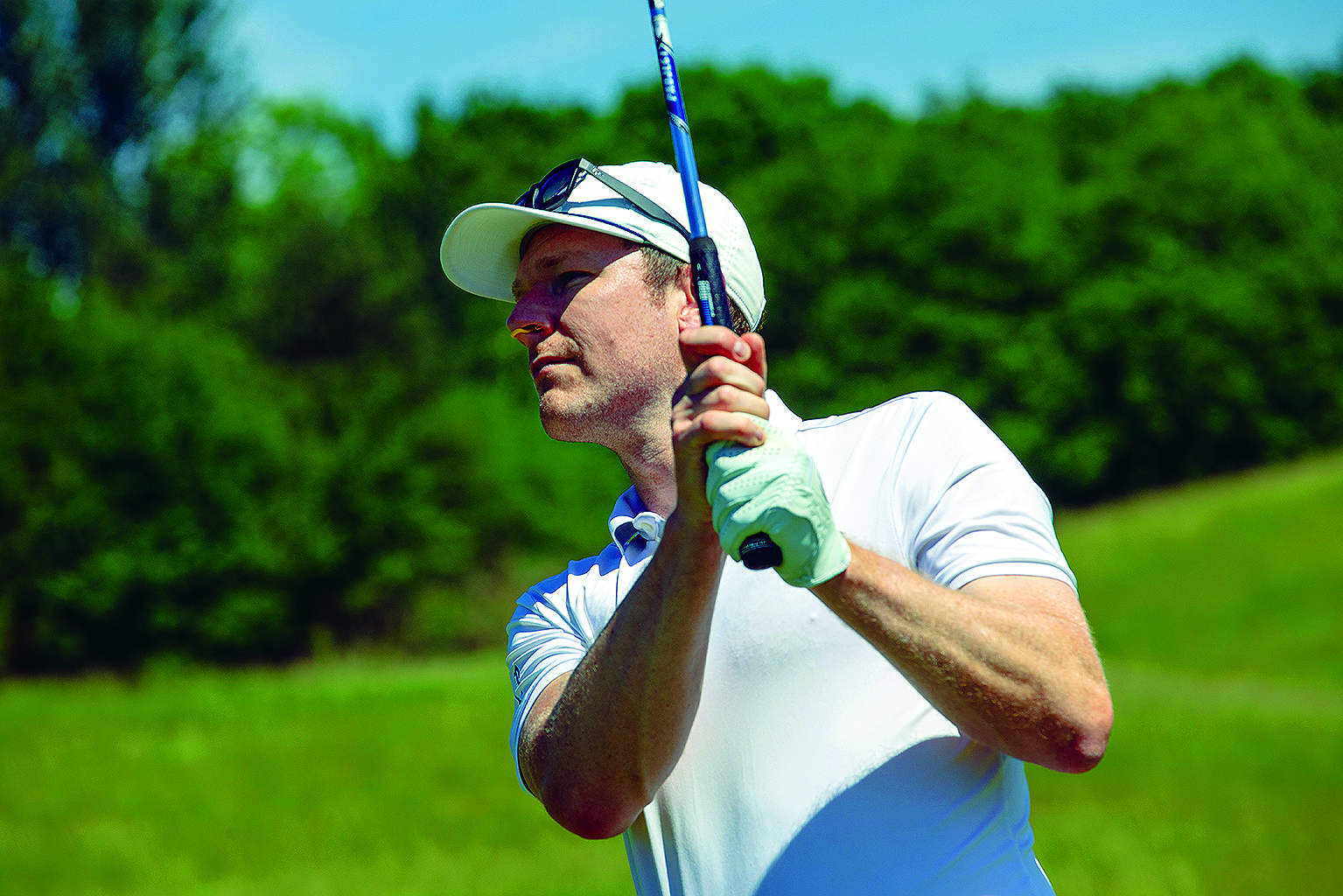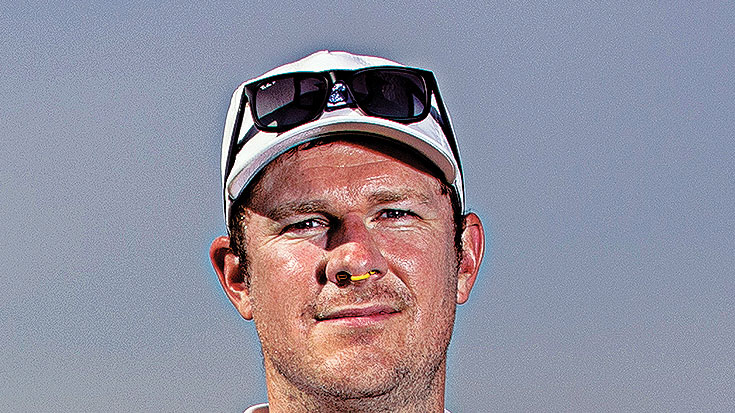Could Breathing Properly Help You Play Better Golf?
Matt Collings, founder of collingsperformance.com, reveals how breathing more effectively can lead to better results on the course


When I talk about the most effective breathing advice, I’m referring to everyone in all walks of life, not just sport – it’s about general health.
However, if you learn to breathe correctly off the golf course, there’s no doubt that it can help you to perform better on it.
Ninety-nine per cent of the time humans should breathe in and out through their nose.
The nose is our breathing organ and conditions the incoming air for our lungs and airways, and because it’s a smaller entry and exit point than the mouth, it manages the right volume and balance of gasses (especially carbon dioxide) within the body.
With breathing, less is most certainly more.
Lots of people will actually breathe in and out via their mouth.
Should you be doing this, you are breathing at a much higher rate than you need to; you are hyperventilating, even acutely, and breathing more than your body requires.
Subscribe to the Golf Monthly newsletter to stay up to date with all the latest tour news, equipment news, reviews, head-to-heads and buyer’s guides from our team of experienced experts.
You’re also taking shallower breaths, causing vertical movement of your chest.
What does this mean for your golf swing?
Golf may not be as strenuous compared with some sports, but breathing correctly controls the physiological element of your psychological state – one example being your heart rate – and it also manages your core stability.
If you’re breathing through the nose low into your belly, you are correctly using your inner core.
This, in turn, is correctly activating the muscles of your outer core – for example, your lower back and abs – and putting your trunk in a strong position to consistently repeat movement, such as the golf swing.
Conversely, breathing through your mouth can weaken your core, causing lower-back issues, and overly activate your chest and shoulder muscles.
So, could breathing incorrectly be the actual cause of poor technique under pressure?
I have noticed that many professional golfers breathe incorrectly.
I’ll often see a wayward shot and I strongly believe that this can be attributed, on occasions, to poor breathing, especially under the heightened pressure of competition.
I’d go as far as to say it’s holding many players back, including some of the very best players in the world. If learning to breathe correctly isn’t a part of what professional golfers work on, they’re leaving wins, and money, on the table.
How can you improve your breathing?
Lots of people think that you’re born and you just breathe, which is not the case – people do it incorrectly and it is the ultimate cause of many health conditions.
You need to get the foundations right first – you have to be able to know how to breathe off the golf course, so when you go out to play it’s second nature. You can work on your technique sat at home and then take it into exercise.
A great way to practise breathing correctly is to lie on your back and put an object, such as a book, on your belly.
While breathing slowly – five seconds in and five seconds out – and lightly (imagine you have a feather right under your nose, breathe so lightly that the feather doesn’t move with the passing air), try and make the book rise as high as it can go when inhaling, and fall as low as it can go when exhaling.
Here you are including the four crucial elements of breathing correctly: nose, light, low and slow.
I’d also recommend trying Myotape breathing strips when you’re asleep. Your sleep is the perfect time to train your body how to breathe correctly.
Myotape helps your body learn at a neurological level to keep the mouth closed and breathe nasally. When playing sport or taking part in exercise, wear Turbine, a nasal dilator allowing easier breathing via the nose.
- Read our full Turbine Nasal Dilator review

Wearing a turbine can help your breathing on the course
Matt is a graduate of Loughborough University, who founded 'collings performance' with a mission of “maximizing human, then athletic performance” through breathing correctly. This is the focus of his work with individual athletes and teams. His approach is to work with clients firstly from a human perspective, working on breathing as a foundation of health, prior to focusing on the athlete and working towards sports specific performance goals. As a cyclist and golfer, Matt has seen huge health and sporting benefits through improved breathing and is excited to help others get the best from their performance.
